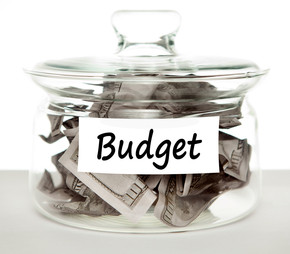If you want to get the most out of a debt relief program, you need to be able to prioritize your debts. Since you clearly have a limited amount of money, you want to be able to use your cash most effectively so as to make the most impact on reducing your debt.
Since your debts may have different interest rates and due dates, it is necessary to prioritize the debts so as to avoid further penalties and heavy interest that may add up to put you into deeper debt.
Prioritizing your debt is the smart thing to do because you will manage to pay off the debts that are immediate and you can handle, leaving behind the debts that are much larger and more difficult to manage. The debt that you cannot manage will be the best to handle through a debt relief program.
Find below some information that will help you prioritize your debts in order to make the most out of a debt relief program. You could find great debt relief programs at http://nationaldebtreliefprograms.com/
Effectively managing finances begins with a clear strategy for tackling debts, which often involves prioritizing high-interest liabilities. For those in Singapore, options like a debt repayment program Singapore provide structured plans that help ease the burden by consolidating payments and reducing financial stress. With the right approach, it’s possible to stay on track toward financial stability and long-term debt relief.
1. Secured loans and Utilities
Secured loans and debts should be a first priority to pay. Such debts, for example mortgage payments and car loans, if not paid could mean that your house is foreclosed and your car repossessed. This could further incapacitate you and make it difficult for you to work and pay off your other debts.
Defaulting on such debt could also make it more expensive and difficult for you to settle your other debts because defaulting on these debts will put a blemish on your credit score.
It is therefore advisable to pay the minimum payments necessary to keep the creditor at bay and avoid default. An advantage of secured loans and utility bills is that the interest on them is usually low, and this can give you enough time to deal with other loans.
You could alternatively work out a less rigorous payment schedule so that you are able to keep paying these debts as you try to get rid of other more expensive debts.
2. Legal obligations
There are some debts that you just cannot escape even if you manage to declare bankruptcy, unless under very extreme cases. These are debts that involve a legal obligation that has been agreed to through a court or legal process.
Child support or taxes are a good example. Not paying these debts could mean that interest is increased, your wages garnished or you could even face jail time.
3. High interest debts
Once you have settled the two priority debts above that could land you into the most trouble, you then need to prioritize the rest of your debt according to the ones with the highest interest first.
For most people this usually means credit card debt that attracts interest rates of between 20%-30%.
You could arrange for an immediate debt relief program with your bank so that you pay one lump sum if your overall debt is slashed (especially the interest and penalties).
4. Deferred Loans
Once you have managed to get the above debts under control and you are more financially stable, you need to resume your deferred loans. Deferred loans like student loans still attract interest rates and do need to be sorted out sooner than later.
If you are not in too much financial trouble, you can manage to get out of debt with some focus and determination. If you however feel that your debts are overwhelming, ask for help.

